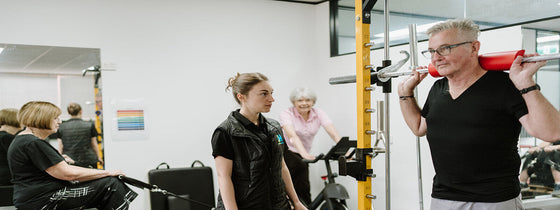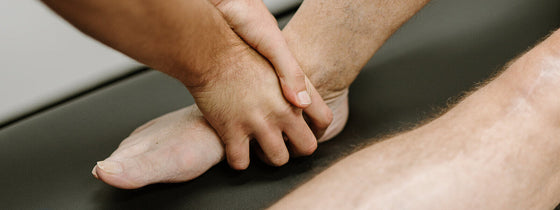If you’ve ever experienced jaw pain, clicking sounds when you chew, or even headaches that seem to originate from your jaw, you might be dealing with a temporomandibular joint (TMJ) disorder.
The temporomandibular joint or TMJ is the connection between your jaw and skull, facilitating movement for speaking, eating, and facial expressions. When this joint becomes impaired/dysfunctional, it can lead to a host of issues collectively known as TMJ disorders. These disorders can be painful and frustrating, but understanding them is the first step toward recovery.
What Causes TMJ Disorders?
TMJ disorders can arise from various factors, and understanding these can help you pinpoint your own symptoms:
· Jaw Misalignment: If the upper and lower jaws don’t align properly, it can put undue stress on the TMJ, leading to pain and dysfunction.
· Injury: Trauma to the jaw, such as from an accident or sports injury, can disrupt the joint's function.
· Teeth Grinding and Jaw Clenching: Often related to stress and anxiety, these habits can lead to muscle fatigue and strain around the jaw, contributing to TMJ pain.
· Arthritis: Conditions like osteoarthritis or rheumatoid arthritis can affect the TMJ, causing inflammation and pain.
· Muscle Tension: Poor posture, especially from long hours at a desk, can create tension in the neck and shoulders, which in turn affects the jaw.
Symptoms of TMJ Disorders
So, how do you know if you’re dealing with a TMJ disorder? Here are some common symptoms:
The Physiotherapists at the Optimal Health Lab will start with a thorough assessment of your jaw, neck, and posture. This evaluation helps identify the specific factors contributing to your TMJ dysfunction, as understanding your unique situation is key to creating an effective treatment plan. Collaboration with dentists or orthodontists can help rule out structural issues, while psychologists can assist if stress or anxiety plays a role. After a personalised assessment your treatment plan may include,
· Manual Therapy Techniques
o Hands-on techniques to alleviate muscle tension and improve joint mobility. Myofascial release, joint mobilization, and gentle stretching can help ease pain and restore normal function.
· Targeted Exercise Programs
o Developing a tailored exercise program that targets the muscles of the jaw, neck, and even shoulders. These exercises help strengthen the surrounding musculature, improve coordination, and enhance overall function. Consistency is key; integrating these exercises into your daily routine can yield significant benefits over time.
o Your posture can significantly impact TMJ health. Educate on maintaining proper alignment—especially during daily activities like working at a computer—can reduce strain on the jaw. Small changes, like ergonomic adjustments and mindful posture, can make a world of difference.
· Stress Management Techniques
o Since stress often exacerbates TMJ disorders, incorporating stress management strategies is vital. This can include relaxation techniques, mindfulness practices, or even referral to a mental health professional for further support. Addressing the emotional aspects of your condition can be as crucial as the physical treatments.
TMJ disorders can feel isolating, but remember that relief is possible. Physiotherapy and the team at OHL offer a range of effective treatments to alleviate pain and restore function. By combining manual therapy, targeted exercises, education, and collaboration with other healthcare providers. If you’re experiencing TMJ symptoms, don’t hesitate to reach out to a physiotherapist who can guide you on your path to recovery. Book today via our website or calling us on 9431 5955.

If you're experiencing back or neck pain with neurological signs and symptoms, a thorough neurological examination is crucial for accurate assessment and effective treatment. In this Optimal Tip learn more about what we mean by completing a neurological exam!

Squats, deadlifts, and calf raises are key movement patterns that should be part of every strength and conditioning program—regardless of age and activity level. These functional movements support joint health, improve posture and balance, and reduce the risk of injury while building strength where it matters most.

A ganglion cyst is a fluid-filled swelling that typically forms over a joint or tendon sheath, causing discomfort and pain, especially when pressing against nerves or joints. Proper assessment and treatment, including physiotherapy, are essential for managing symptoms and improving function in the presence of a ganglion in your hand, foot, or wrist.